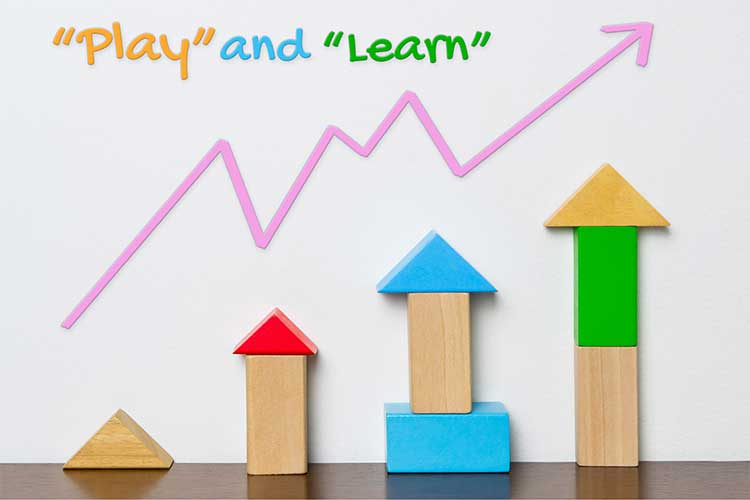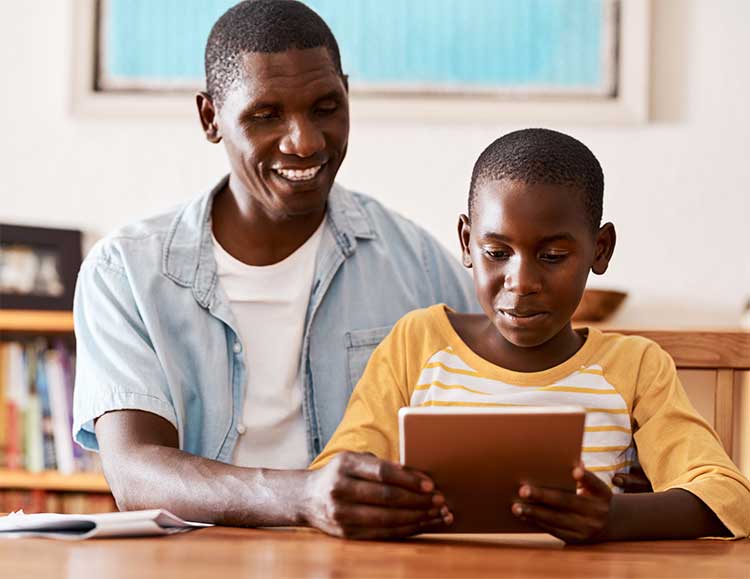Secure your Kid's Spot in our Writing Classes! Register here!

What we're talking about!
Check back often for updates!

In our previous article we embarked on a topic that is based on neuroscientific evidence that playful activities boost learning. The brain is a fascinating machine that responds to stimuli in diverse ways. When learning is coupled with elements of fun, games, and interactive activities, it remarkably amplifies the brain’s capacity to absorb, process, and store information.
In the first edition of this topic, we shared three innovative ways that you can incorporate playfulness into learning to make it a deeply engaging adventure. They were - 1) Incorporate games and interactive activities; 2) Outdoor learning; 3) Storytelling and role play.
In the second edition of this article, we discuss three more practical ways to gamify learning and make it fun.
Group tasks or projects promote teamwork and make the learning process more enjoyable.
Collaborative projects and teamwork are powerful methods to teach students about the concepts while improving their social and communication skills. When children are working in groups, mutual interaction can be fun and a sense of camaraderie can inspire each other to focus on learning. Even at times when the children in a team do not agree with each other, it can provide a valuable lesson in how to disagree respectfully and work together to complete the task at hand. These interactions help children develop strong critical thinking, problem solving, and decision-making skills.
A good collaborative project for children would be to get them to build a company together. Let’s say they are to start a donut-making shop. Guide them to think about what they need to start the company, name it, create the design of the logo, the shop and the labels. Help them brainstorm tasks among themselves, like budgeting and pricing, planning and buying the ingredients. Remind the children to document their process and create assets like pricing sheet, shop banner etc. Using colors and illustrations throughout the project can make the activity quite exciting.
Providing opportunities for students to see the relevance of their learning to real-world situations.
Education must support a practical understanding of the world because life is about using our learnings in the real-world. When students can connect the concepts, they are learning in the classroom to real-life situations, they grasp the concepts more efficiently and develop better problem-solving skills. They are motivated and engaged to learn. Seeing the relevance and practical use of what they learn prepares them better for real-life scenarios. It adds to their comprehensive upbringing and growth.
One of the ways to include real-world application to understand classroom concepts is to convert a mathematical concept to a game. Set up a shopping exercise. Start with assigning everyone an allowance or call it salary to relate it to a real-world scenario. Make sure you tell them about deduction from taxes, then have them plan out a budget making sure that the expenditure does not exceed the amount of money they have on hand. Besides helping children understand the concepts of addition and subtraction, they gain financial literacy through this exercise.
If you are teaching children advanced concepts, like trigonometry, get the kids outside, have them throw a ball, and measure the distance where the ball lands. Help kids understand how the different factors like the angle at which the ball is thrown, the force with which it is thrown, and the gravity of the earth plays an important role in determining the distance the ball travels before it hits the ground.
Using digital tools or platforms like educational apps and virtual reality can make learning more engaging.
We live in an age of advanced technology and it would be remiss if we didn’t harness the power of interactive technology to make learning fun. Educational apps when chosen intentionally can be both enjoyable and stimulating for children. When used with discretion, immersive games can help students grasp as well as retain information more effectively. Complex mathematical or physics concepts can seem comprehensible on an interactive computer game. Historical lessons can come to life in a Virtual Reality world.
For example, consider using ‘Minecraft: Education Edition’ to teach children the concepts of STEM (Science, Technology, Engineering, and Mathematics). This version of the popular Minecraft game is specifically designed for learning. It allows children to explore, create, and intercat in a 3D (3 dimensional) world but remember all these interactive technologies need your guidance to reinforce the learning concepts. So whatever interactive game they use, always make sure to talk to them about what and how they are playing the game.
Another great example of an educational app is Duolingo. This game-based platform is designed to make learning a new language fun. Through its rewards system, as you progress through multiple levels and interactive voices, children are motivated to practice daily and achieve progression, improving their knowledge of vocabulary, grammar and conversational skills.
In the light of all the theories we have discussed, let's embrace these innovative methods to get children excited about learning and education. The ‘doing’ part of the learning process through play, interactive games, and hands-on experience is not just about fun but also to significantly improve children’s comprehension of complex subjects and retention of information.
—-----------------------------------------—-----------------------------------------—------------------
Finding new ways to inspire kids to write and communicate effectively is one of my life’s work which is why I include many fun activities in our writing classes to inspire the next generation of thinkers. Want to learn more about our story writing camps for summer? Check us out here.
Help your kids fall in love with reading!
Need a list of amazing books to get your kids inspired about writing their own stories?
Grab your free copy by completing the form.
We'll email you the ebook!